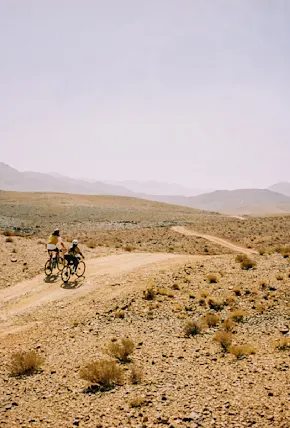Justin Jaeger is a writer, photogapher, dad, and all around outdoors lover.
When you mention backpacking in Michigan, outside of Michigan, you’ll likely receive a confused look. Within Michigan, you’ll hear of two popular trails: the Manistee River Trail, and the Lakeshore Trail. The former runs a modest 8.8 miles along its namesake river in Northwestern Michigan right about here holds up left hand, points to second knuckle on pinky finger. The latter lies way up north in the Upper Peninsula and extends nearly 42 miles, the length of Picture Rocks National Lakeshore.
Both are incredible and worth a trip. But both are very popular and can get quite crowded, too. There’s another noteworthy backpacking trip that most Michiganders miss out on—North Manitou Island, Michigan’s hidden gem.
Located 12 miles off the coast of Sleeping Bear Dunes National Lakeshore (a stunning 71,199-acre natural protected area in Leelanau Country along Lake Michigan), North Manitou Island boasts 15,000 acres of uninhabited wilderness surrounded by stunning views of Pure Michigan on all sides. A trip to the island offers you solitude, picture-perfect views of white sand beaches and crystal clear water that make you feel like you are in the Caribbean. Plus plenty of other hidden treasures that wait for those willing to venture off trail.




















